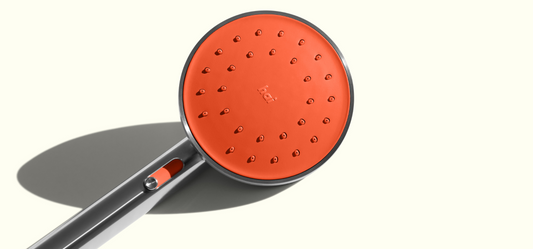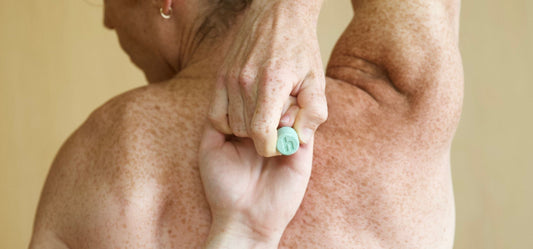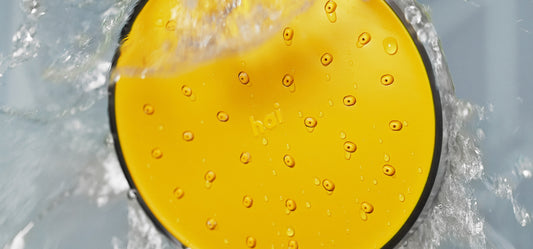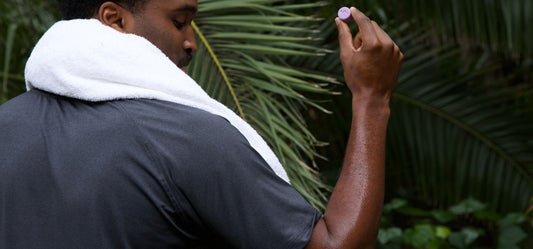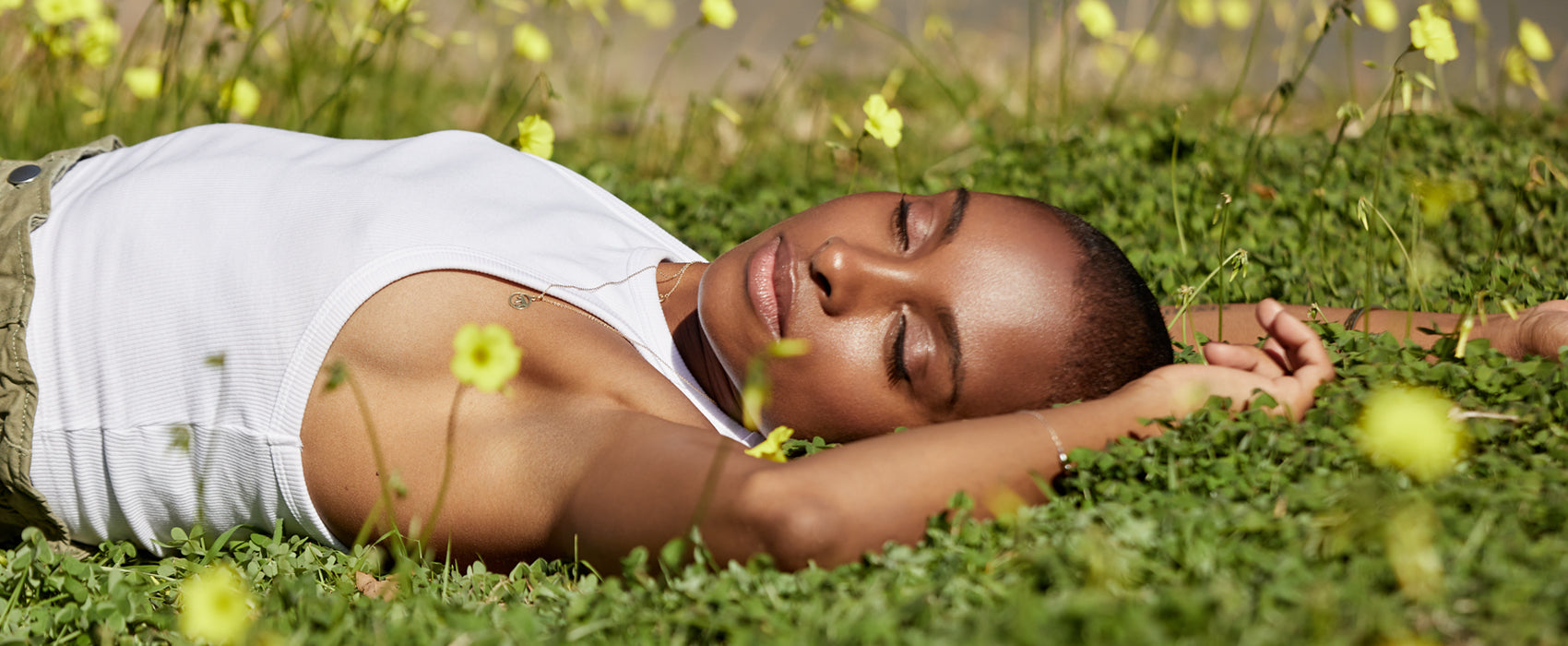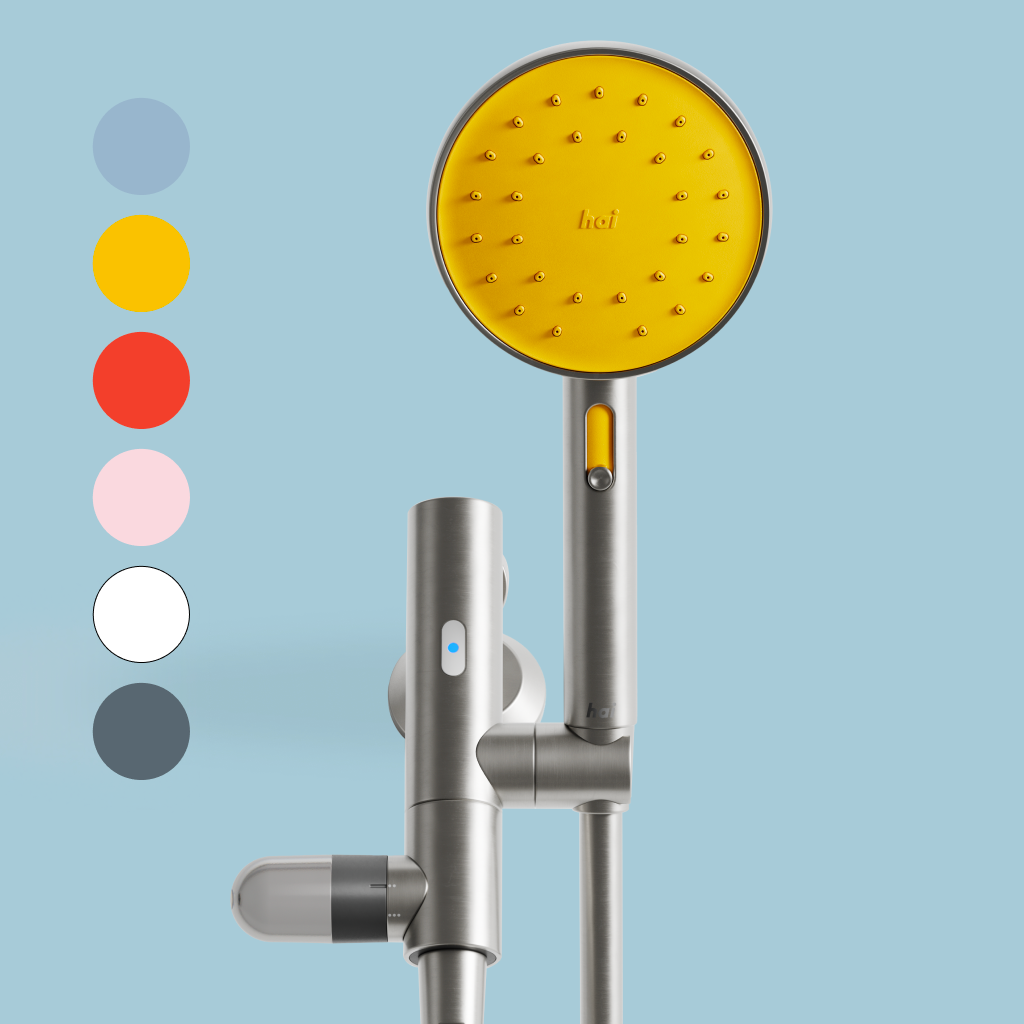Hydrotherapy 101: What Is It and What Are the Benefits?
Hydrotherapy: a fancy name for something you probably already do! If you've ever taken a hot shower or Epsom salt bath to ease sore muscles, you've experienced the benefits of this ancient healing practice—even if you didn't know it.
Simply put, hydrotherapy is the use of water to promote physical and mental health. While it's not a cure, hydrotherapy helps relieve the pain, inflammation, and stiffness associated with many conditions, including arthritis and fibromyalgia.
Read on to soak up some knowledge (pun intended) about this incredible treatment and learn how you can reap the benefits from hydrotherapy at home with a hai shower system.
What is hydrotherapy?
Hydrotherapy is the use of water to promote health and healing. People also refer to it as aquatic therapy, water therapy, balneotherapy, or hydropathy. No matter what you call it, hydrotherapy has been around for thousands of years.
Many early civilizations considered water sacred due to its unique healing properties. In Ancient Greece, renowned physicians like Hippocrates used hydrotherapy to treat a range of ailments, from skin diseases to mental exhaustion. (Poets even wrote about it!)
Ancient Romans made hydrotherapy a public affair with extravagant Roman baths that doubled as social and business hubs. Ancient Egyptian, Chinese, Indian, and Japanese civilizations also used hot springs, baths, and saunas.
Popular types of modern hydrotherapy use varying water temperatures, pressurized jets, and physical movement to reduce pain, improve mental health, and treat the symptoms associated with many conditions, including
- Osteoarthritis
- Fibromyalgia
- Parkinson’s disease
- Neuropathy
- Ankylosing Spondylitis (AS)
- Multiple sclerosis (MS)
- Cerebral palsy
Hydrotherapy sessions can be as simple as taking a warm shower at home. Or they may include specialized tanks and pools with the help of a physical therapist.

How to practice hydrotherapy at home with hai
With a hai shower system, you don't even need to leave your house to get the benefits of hydrotherapy. The hai infusions showerhead offers a new form of hydrotherapy, all through your shower. The hai fuse attachment and water-activating Infusions allow you to easily customize —and maximize—your experience.
Whether you're looking for more energy, post-workout recovery, or relaxation, here's how to design your ultimate home hydrotherapy session.
Step 1: Rinse
Start your session with a gentle rinse. Adjust your hai shower head to a comfortable stream to acclimate your body and cleanse—energetically and literally—using your favorite soap or body wash.
Use Warm Water
If you're looking for the perfect way to kick off your hydrotherapy session, consider showering with warm water. The warm water temperature (think: a perfect 97 degrees) can do wonders for your muscles and joints, reducing pain and stiffness and increasing blood flow. And let's not forget the mental benefits — warm water has a soothing effect that can help reduce stress and anxiety, and improve your overall well-being.
Step 2: Infuse
Activate your water using hai Infusions. hai Infusions deliver aromatherapeutic, vitamin-rich formulas directly into your shower’s water stream, transforming your daily personal care rituals—and wellness.
Use the hai fuse attachment to distribute your Infusion of choice.
Choose from...
Repair
Activating ingredients: Eucalyptus, Vitamin D3, Citric Acid
This super blend of antioxidants aids inflammation with vitamin D3, supports recovery with clarifying eucalyptus, and offers gentle exfoliation with citric acid.
Use it: post-workout, to relieve cold symptoms, or promote hair growth.
Relax
Activating ingredients: Lavender, Vitamin B12, Sandalwood
A soothing mix of French lavender and warm sandalwood, this Infusion promotes relaxation and supports your nervous system while supplying complexion-boosting vitamin B12.
Use it: to improve sleep quality, decrease anxiety, and calm inflammation.
Energy Boost
Activating ingredients: Mandarin, Caffeine, Vitamins B12, C, D3, and E
This stimulating antioxidant booster improves circulation with caffeine, increases mental clarity with mandarin, and promotes a healthy glow with a full-body multivitamin.
Use it: to boost mood and energy, improve circulation, and brighten your complexion.

Hai tip: You can add hai infusions directly to the Fuse attachment on your hai shower system. We designed the Fuse to effectively distributes hai Infusions (and your other favorite hair and body products) directly through your shower's water stream. This entirely new way to shower lets you immerse yourself in active ingredients from every angle and maximize their benefits.
Step 3: Steam
Adjust your hai showerhead to the mist setting to turn your bathroom into a spa-like steam room. Steam helps to improve your breathing, alleviate congestion, and promote relaxation. It also opens your pores and loosens tight muscles.
Take a few minutes to breathe deeply and center your thoughts. Consider adding some gentle upper body stretches while your body is in this more limber state. Just be careful not to slip!
Step 4: Massage
Remove your hai showerhead from the shower arm and use the handheld shower to target tight muscles and address localized pain. Adjust the spray setting to deliver a gentle massage directly to the areas that need it most.
Step 5: Chill Out...Literally
End your routine with a cold blast. Cold water reduces inflammation, relieves pain, improves circulation, lowers stress levels, and reduces muscle soreness and fatigue. If you have trouble with cold (we get it) try directing your cold spray just to the top of your head or feet. It can be easier to tolerate than a full-body shower blizzard.

What are the benefits of hydrotherapy?
Hydrotherapy can be a great way to reduce symptoms like inflammation, pain, and stiffness without medication or other more invasive treatments. It can help relieve stress and promote relaxation.
Some of the overall benefits associated with hydrotherapy include the following:
- Improved circulation
- Reduced inflammation and swelling
- Relaxed muscles
- Increased flexibility and range of motion
- Increased blood flow
- Headache relief
- Ease for common cold symptoms
- Workout recovery
- Boosted energy levels
- Improved sleep
- Improved mental clarity and health
Types of Hydrotherapy
Different types of hydrotherapy address varying health goals. Here are some of the most common types of hydrotherapy.
Aqua Aerobics
Aqua aerobics, or aquatic exercise, is a great way to get the benefits of traditional cardiovascular and resistance training without putting as much stress on your joints. This low-impact form of hydrotherapy exercise typically takes place in a pool using specialized equipment like aqua dumbbells and kickboards.
Aquatic workouts are often safe for a variety of abilities and fitness levels but always check with your doctor before starting any new exercise program.
Aquatic Rehabilitation or Aquatic Therapy
This form of physical therapy takes place in the pool and can be used to treat a variety of conditions. It combines range-of-motion exercises and strengthening activities with water's natural healing properties to help with injury recovery or prevention.
Aquatic rehabilitation should be done under the guidance of a trained professional to maximize its benefits and avoid injury.
Balneotherapy
One of the oldest forms of hydrotherapy, balneotherapy includes soaking in hot springs or pools that contain minerals like magnesium, sulfates, and calcium. The minerals can be naturally occurring or added to the water (think Epsom salt baths) to treat specific ailments.
Balneotherapy aims to improve your overall health by soaking up the healing powers of these elements.
Well-known sites include the Dead Sea in Israel and Jordan, the Kangal Hot Springs in Turkey, and the Blue Lagoon in Iceland.
Water Circuit Therapy
Also known as contrast water therapy, water circuit therapy combines the advantages of multiple types of hydrotherapy: hot tubs, saunas, and cold baths.
A session might involve a soak in a hot tub to warm and massage tight muscles, followed by time in a sauna to encourage sweating and increase circulation, then a cold plunge to reduce pain and minimize inflammation.
Each part of the circuit has unique benefits, and combining them can intensify their effects.
Physical Therapy
During supervised hydrotherapy, individuals work with a trained therapist in a pool or other aquatic environment to perform exercises that target specific muscle groups and improve joint mobility. The buoyancy and resistance of water make it an ideal environment for those who may have difficulty with traditional exercises due to pain, weakness, or limited range of motion. Hydrotherapy can help individuals regain strength, flexibility, and overall physical function.
Saunas
People have used saunas for centuries as an integral part of health and wellness. While most of us think of dry, ultra-hot spaces when we hear the word, saunas can also include steam rooms and refrigerated cold rooms.
Saunas are perfect for relieving tension, increasing blood flow, and can even help with migraines.
Hydrotherapy can be a great way to improve your physical and mental health, reduce pain, recover after workouts, and boost energy. With hai's shower system, you can get all the wellness benefits of hydrotherapy right in your own home. Are you ready to reimagine your daily shower?





